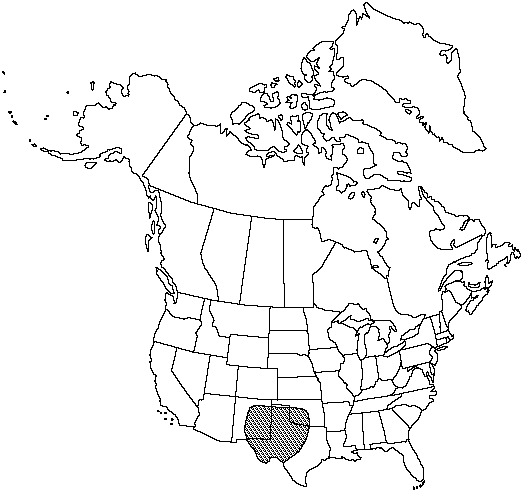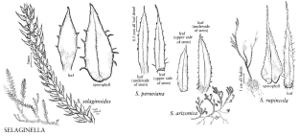Difference between revisions of "Selaginella peruviana"
Hedwigia 39: 307–308. 1900.
FNA>Volume Importer |
FNA>Volume Importer |
||
| Line 29: | Line 29: | ||
|elevation=1300–2300 m | |elevation=1300–2300 m | ||
|distribution=N.Mex.;Okla.;Tex.;Mexico;South America. | |distribution=N.Mex.;Okla.;Tex.;Mexico;South America. | ||
| − | |discussion=<p>R. M. Tryon (1955) reported an elevation range of 600–3000 m for Selaginella peruviana in the United States.</p> | + | |discussion=<p>R. M. Tryon (1955) reported an elevation range of 600–3000 m for <i>Selaginella peruviana</i> in the United States.</p> |
|tables= | |tables= | ||
|references= | |references= | ||
| Line 52: | Line 52: | ||
|publication year=1900 | |publication year=1900 | ||
|special status= | |special status= | ||
| − | |source xml=https://jpend@bitbucket.org/aafc-mbb/fna-data-curation.git/src/ | + | |source xml=https://jpend@bitbucket.org/aafc-mbb/fna-data-curation.git/src/8f726806613d60c220dc4493de13607dd3150896/coarse_grained_fna_xml/V2/V2_740.xml |
|genus=Selaginella | |genus=Selaginella | ||
|subgenus=Selaginella subg. Tetragonostachys | |subgenus=Selaginella subg. Tetragonostachys | ||
Revision as of 15:50, 18 September 2019
Plants on rock or terrestrial, forming loose mats. Stems not readily fragmenting, prostrate, upperside and underside structurally different, irregularly forked, branches determinate, tips upturned. Rhizophores borne on upperside of stems, throughout stem length, 0.23–0.33 mm diam. Leaves dimorphic, arranged in 8 ranks, tightly appressed, ascending, green; abaxial ridges present; apex with persistent, whitish, terete bristle 0.3–0.8 mm. Underside leaves narrowly linear-lanceolate (on central ranks) to falcate (on marginal ranks), 2.5–4 × 0.4–0.6 mm; base decurrent (oblique on marginal ranks), pubescent (sometimes glabrous); margins ciliate, cilia transparent to opaque, spreading at base, ascending toward apex, 0.1–0.15 mm. Upperside leaves linear-lanceolate (on central ranks) to falcate (on marginal ranks), 2.3–2.75 × 0.5–0.55 mm; base abruptly adnate, pubescent; margins ciliate, cilia transparent to opaque, ascending or spreading, 0.08–0.16 mm. Strobili solitary, 0.5–2 cm; sporophylls ovate-deltate to ovate, abaxial ridges not prominent, base glabrous, margins short-ciliate, apex bristled.
Habitat: Rocky slopes, rock crevices, ledges of sandstone or igneous cliffs, less often on sandy or clay soil
Elevation: 1300–2300 m
Distribution

N.Mex., Okla., Tex., Mexico, South America.
Discussion
R. M. Tryon (1955) reported an elevation range of 600–3000 m for Selaginella peruviana in the United States.
Selected References
None.
